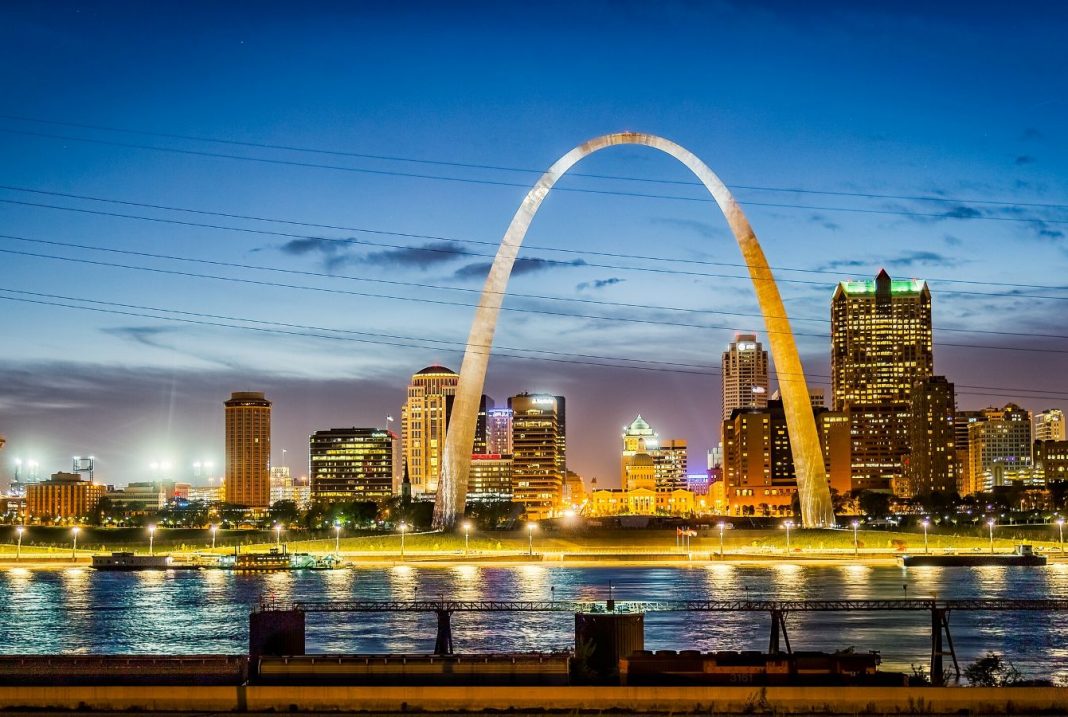The US government shutdown, effective since October 1, 2025, has a ripple effect on the economic activity. It effectively takes its toll on tourism and travel in the United States. It disrupts travel plans by grounding services, and put thousand of people on unpaid leaves. Among them are airport security staff, customs officers, air traffic controllers, and national park rangers. They are all essential to the country’s tourism and transport infrastructure.
Ports of entry remain open for international travelers, according to the Department of Homeland Security’s contingency plan. Air traffic controllers and agents of the U.S. Transportation Security Administration are still on duty but must currently work without pay. This situation is likely to provoke air delays.
Museums and monuments affected
Federal-run sites are also hard hit. The Liberty Bell in Philadelphia, Alcatraz Island, the Gateway Arch in St Louis, the Petrified Forest in Arizona or the U.S. Botanic Garden in Washington already shut their doors. The Smithsonian indicates on its website that it 21 museums would close to the public, if the shutdown continues past October 11.
The National Gallery of Art indicated that it would be open through Saturday, Oct. 4, while the Holocaust Memorial Museum said it would remain open until Monday, Oct. 6.
Visitor centers in national parks have also been shuttered, leaving popular destinations without staff or maintenance. During the 2018 shutdown, when the Trump administration kept parks open without staff, toilets overflowed, trash piled up, and wildlife encroached on public spaces. In California, a colony of elephant seals famously took over a beach normally crowded with tourists.
Bill Wade, executive director of the Association of National Park Rangers, said to the Washington Post that the parks were already operating with skeleton crews after the Trump administration furloughed close to two-third of the Park Service staffers. Many national parks remain open, however with limited services.
For travelers currently in the U.S. or planning to visit soon, experts recommend allowing extra time at airports, checking airline and insurance conditions before making changes, and preparing for last-minute disruptions.
Despite the chaos, travel to the United States remains safe. Law enforcement, the military, and essential public services continue to operate, though travelers are advised to avoid protest areas.
1 billion dollars in losses per month
The U.S. Travel Association estimates the shutdown could cost the country $1 billion a week in lost revenue from tourism, transportation, and hospitality. In late Septembern the USTA sent a letter to Congressional leadership explaining that “ a shutdown is a wholly preventable blow to America’s travel economy, while affecting millions of travelers and businesses while placing unnecessary strain on an already overextended federal travel workforce,” said President and CEO of USTA, Geoff FreemanFreeman.
A survey from Ipsos shows that a large majority of Americans believe a U.S. government shutdown causes economic harm and disrupt air travel. According to the survey:
- 60% of Americans said they would cancel or avoid trips by air in the event of a shutdown.
- 81% of Americans agree government shutdowns hurt the economy, and inconvenience air travelers (86%).
- 88% of Americans agree members of Congress from both parties should work together to avoid a government shutdown.
- 69% of Americans would be less likely to vote for a member of Congress if they supported a government shutdown.
“The longer a shutdown drags on, the more likely we are to see longer TSA lines, flight delays and cancellations, national parks in disrepair and unnecessary delays in modernizing travel infrastructure. Nearly nine in 10 Americans agree Congress should work together to prevent a shutdown,” Freeman added.
